In March, Tang Fellow and instructor in Spanish María Martínez met with a team from the Addison Gallery of American Art to delve deeper into the intersection of the museum’s collection and the curriculum content of Andover’s Spanish Department’s multi-section classes. Martinez’s Interdisciplinary Museum Project strives to elevate the experiential learning opportunities for students enrolled in Spanish classes at Phillips Academy. Martínez generously answered a few questions about this meeting:
Q: What was the intention of the meeting?
A: The second meeting convened a collaborative effort between Allison Kemmerer (director, Addison Gallery of American Art), Jamie Gibbons (head of education, Addison Gallery), Gordon Wilkins (Robert M. Walker Curator of American Art, Addison Gallery), Rachel Vogel (assistant curator, Addison Gallery), and myself.
In our previous meeting, I had presented a curated list of topics explored by the Spanish Department. In response, the Addison’s team of curators commenced their research, focusing on artworks — specifically paintings and photographs of manageable format — that could enrich discussions around these topics. The aim was to enhance students’ visual literacy through an immersive experience, utilizing the museum’s collection to complement and amplify linguistic proficiency among Spanish learners.
During the meeting on March 20, the curators showcased their research findings and proposed selections. Together, we began choosing artworks that would most effectively co-create immersive experiences.
Q: Please name 3 or 4 pieces of artwork that the Addison team proposed using.
A: In emphasizing the essence of our endeavor as a journey of exploration and learning rather than an exhaustive study of individual artists, it’s crucial to highlight the intellectual excitement in designing a path of exploration rather than fixating on any singular work as the ultimate research destination. In alignment with this philosophy, some of the artworks that we intend to interconnect in this voyage of exploration include:
- Abad, Pacita, If My Friends Could See Me Now, lithograph with pulp-painted chine-colle and metallic powder, 1993, Addison Gallery of American Art
- Bedia, José, Colonial Paradise, acrylic on paper, 1995, Addison Gallery of American Art
- Ewald, Wendy, White Self, gelatin silver print, 1994 – 1997, Addison Gallery of American Art
- Fischer, Hal, Earring, carbon pigment print, 1977, Addison Gallery of American Art
- Fischer, Hal, Keys, carbon pigment print, 1977, Addison Gallery of American Art
- Fischer, Hal, Street Fashion, carbon pigment print, 1977, Addison Gallery of American Art
- Hernando, Ana María, and Kenneth Robinson, Salka Archipelago, inks, acrylics, embroidered fabric, collaged papers and photocopies, vellum, mango paper, color pencil, on paper, 2013, Addison Gallery of American Art
- Hubbell, Patrick Dean, Your Resiliency Is My Strength to Find A Way, acrylic, enamel, charcoal, acrylic dispersion, oil pastel, paper, spray paint, sewing on canvas, wood stretcher bar frame, 2023, Addison Gallery of American Art
- Neal, Anne Parker, Young Indian Couple with Cityscape — Sololá, selenium-toned silver print, 1983, Addison Gallery of American Art
- Romero, Cara, Amber Morningstar, archival pigment photograph, 2017, Addison Gallery of American Art
- Romero, Cara, Naomi, archival pigment photograph, 2019, Addison Gallery of American Art
Q: What excited or surprised you during the meeting?
A: Our team’s passion, generosity, and expertise at the Addison Gallery deeply impressed me. I was also excited by the myriad possibilities for creating new connections between objects spanning a diverse range of artists, eras, and worldviews.
Q: What are your next steps?
A: Our immediate next step is to initiate the lesson plan design process. The objective is to craft learning experiences that engage students’ linguistic skills and enhance their visual literacy. The lesson plans aim to boost engagement and stimulate diverse cognitive processes, empowering students to adeptly navigate ambiguity and effectively employ symbols, metaphors, and analogies to represent and understand complex ideas.
This collaborative process will involve revisiting discussions with the Spanish department faculty team and the Addison Gallery curators. Concurrently, I will re-engage with the Robert S. Peabody Institute of Archaeology to delve deeper into the intersections between the institute’s collection, the topics explored by the Spanish Department, and the resources available at the Addison Gallery of American Art.





